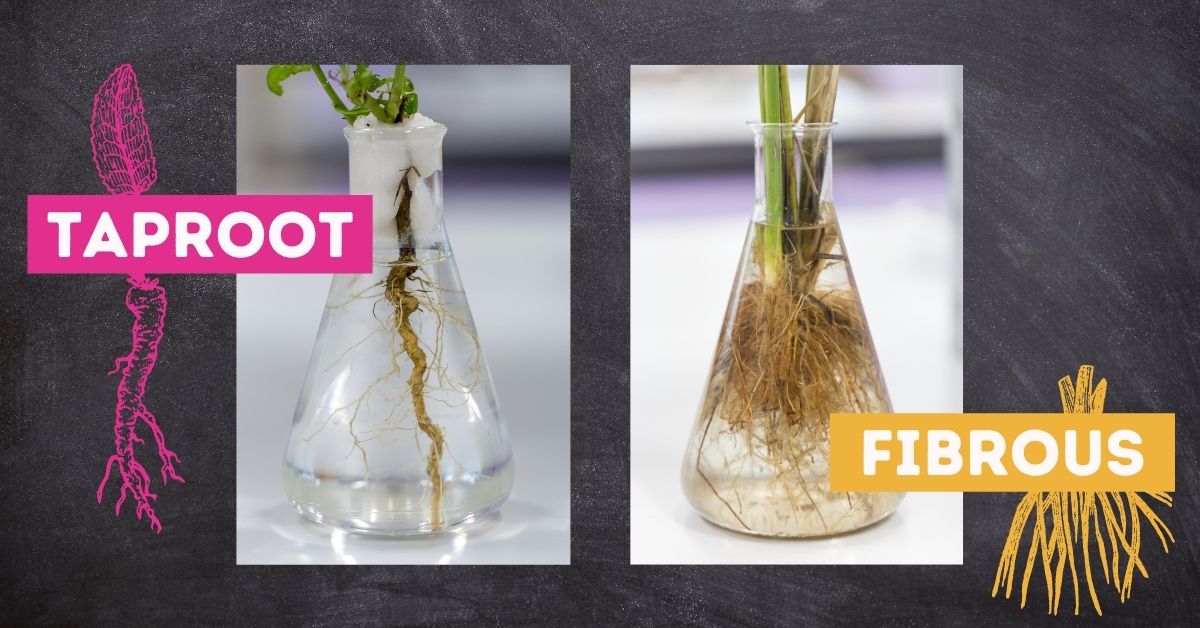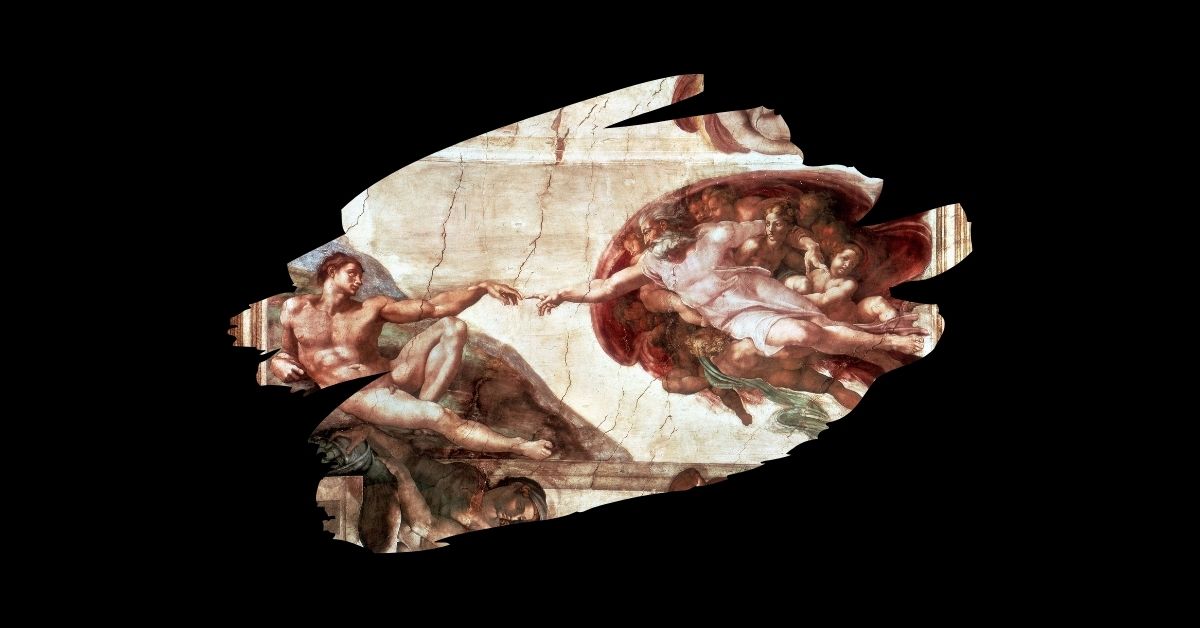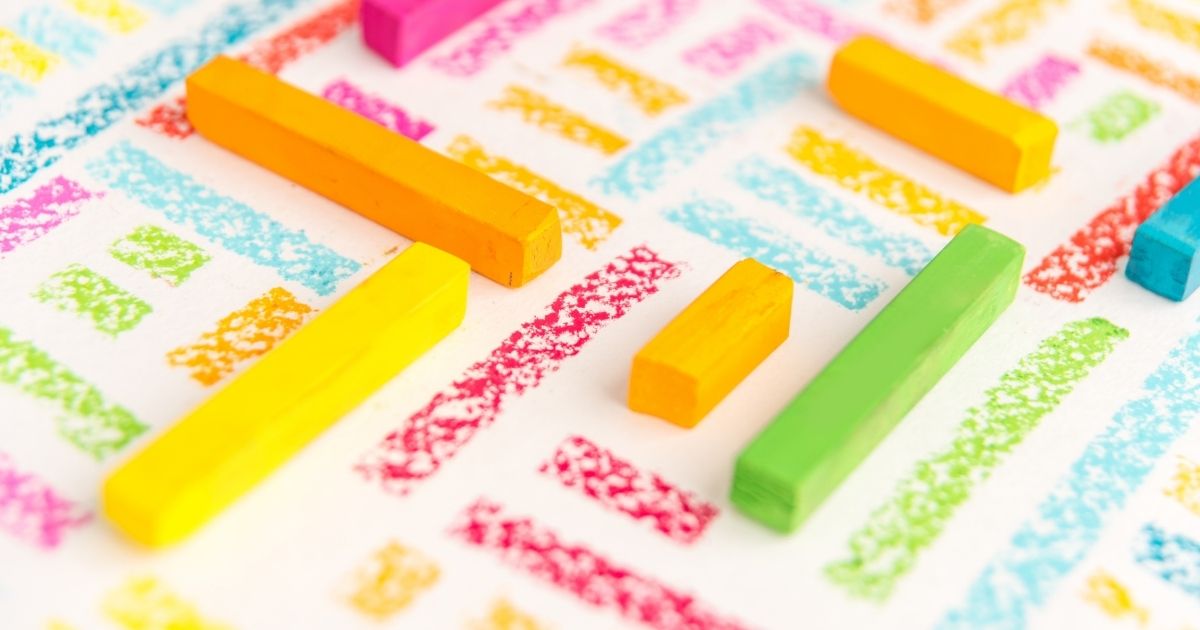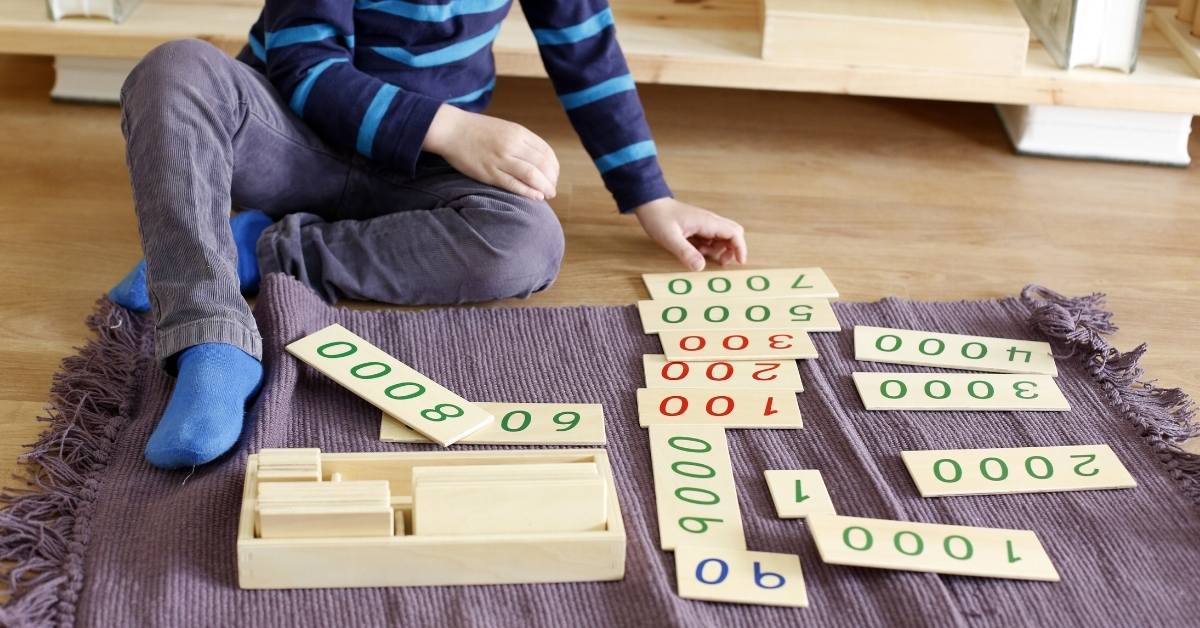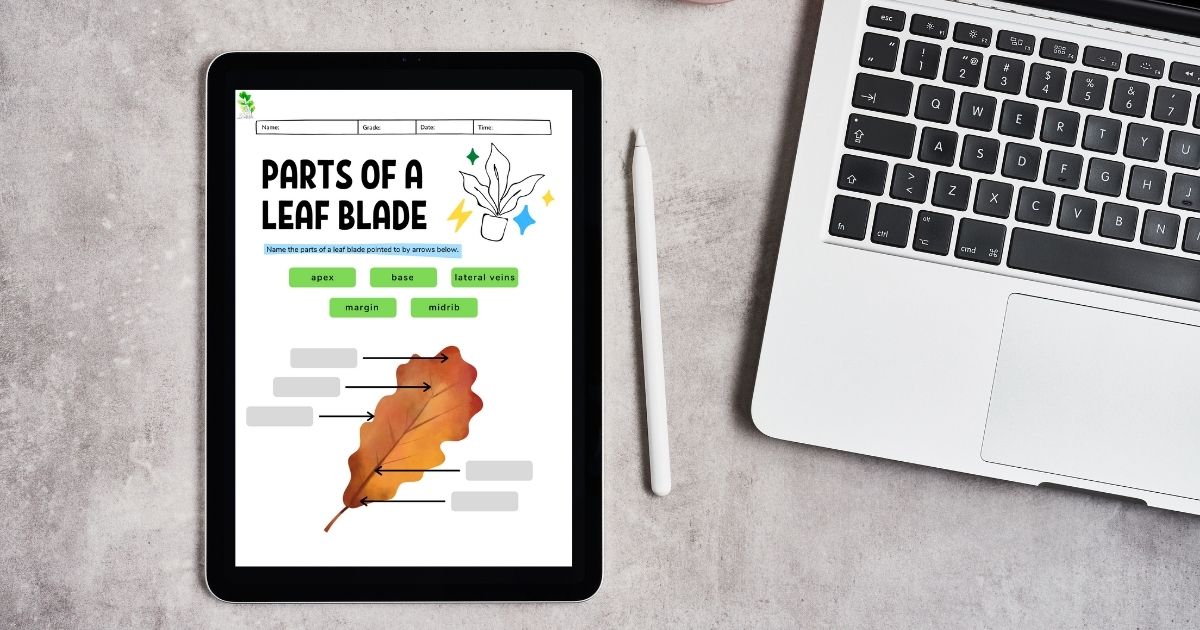An introduction to two straight lines (not necessarily parallel) crossed by a transversal. Illustrates interior, exterior, alternate, consecutive, and corresponding angles.
Tag: Montessori lessons
Types of Roots (Montessori Botany Lesson, Quiz and Worksheet)
The two main types of root systems, an introduction to some specialized roots, and a quiz and worksheet to help with mastery.
Montessori Great Lessons: The Story of the Coming of Humans
The coming of humans is one of the great lessons of Montessori. This video introduction (with transcript) touches on the timeline of humans on earth, the traits we have in common with other animals, and the vital differences that enabled our species to survive and thrive on this planet.
Montessori Geometry: Positions of a Single Line and Relationships Between Two Lines (Lesson and Quiz)
Learn about the positions of a single line (horizontal, vertical, and oblique) and relationships between two lines (parallel, intersecting, convergent, divergent, oblique, and perpendicular) as inspired by the Montessori geometry curriculum.
Montessori Botany Lesson and Worksheet: Parts of a Root
Roots are very important to a plant. Do you know the parts of the roots that help them play their role in keeping plants alive?
Montessori Botany Lesson and Worksheet: Parts of a Flower
The “earth laughs in flowers,” says Ralph Waldo Emerson. Can you name the four basic parts of a flower?
Montessori Curriculum: Lessons for Grade 3 (8- to 9-year-olds)
Lessons for Grade 3 (ages 8-9) in Biology, Geography, Geometry, History, Language, Math, and other subjects based on the Montessori lower elementary curriculum.
Montessori Geography Lesson & Worksheet: Landforms and Bodies of Water
From a worksheet inspired by the AMI Montessori nomenclature cards on land and water forms to a worksheet involving spotting common landforms and bodies of water on a map, these colorful worksheets will help the child master the most common landforms and bodies of water.
Montessori Filipino Worksheets: Patinig, Katinig, Pormasyon ng Pantig
Complete words using different patinig (vowels) and katinig (consonants). Identify the structure of a syllable (pantig): P, KP, PK, KPK, PKK, KKP, KKPK, KPKK, KKPKK, or KKPKKK.
Montessori Botany Mastery Worksheets: Types and Parts of Plants
Interactive worksheets for: (1) types of plants, (2) parts of a leaf, (3) parts of a leaf blade, and (4) leaf venation.


